So, I’ve realized that a lot of my clients could benefit from hearing the same advice. It hit me after noticing I’ve been sounding like a bit of a broken record during consultations, I kept giving the same guidance over and over! That’s when I realized: there’s some interior design advice that applies universally, no matter the space. After all, the principles of interior design hold true across all interiors. So, I decided to consolidate my most frequently shared advice, tips, and tricks into one handy list. Read this before you decorate. Or don’t, but you’ll probably make a mistake. Read more for my Expert Interior Design Advice!!
1. Matching Sets Are a No-No
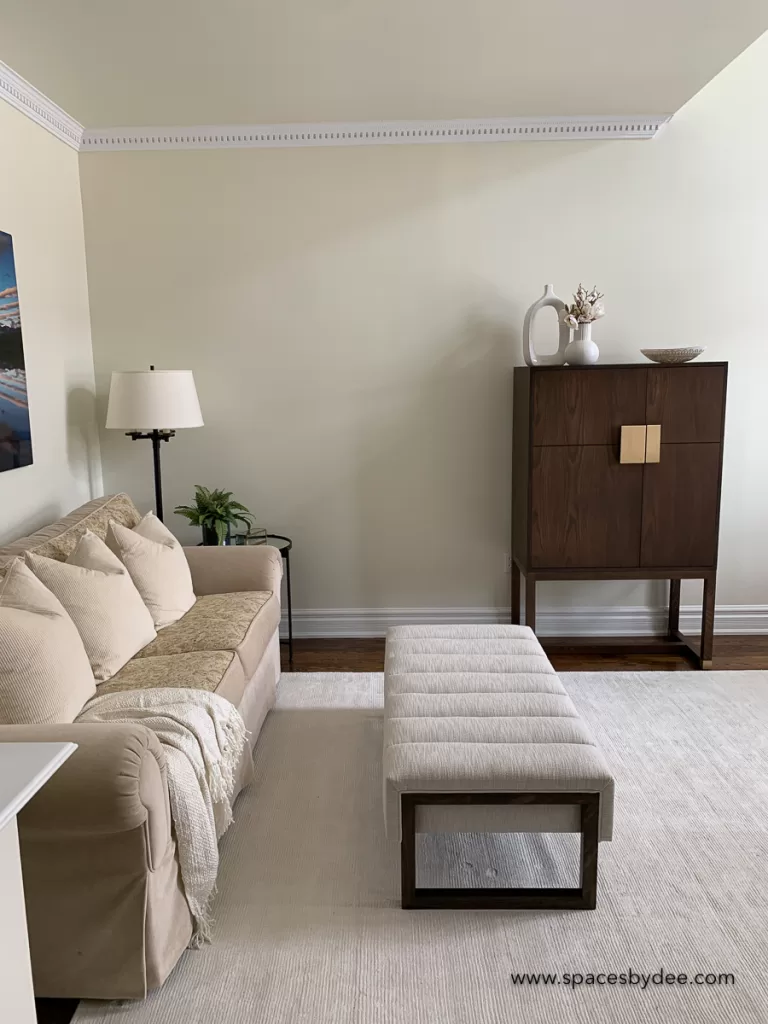
So, you might think that going with a matching set or buying everything from one collection will make your design feel seamlessly cohesive, right?
Well… in one way, sure. But here’s the thing: matching sets often make a space feel impersonal, a little boring, and they don’t tap into the full potential of decorating.
Instead, you should aim for harmony — by finding furniture pieces that complement each other, not just match exactly. That’s how you create a space with interest, personality, and uniqueness.
Please, don’t just buy everything you see on the first page of Crate & Barrel and call it a day! Your home shouldn’t feel like a Pottery Barn showroom — it should feel like a carefully curated space, filled with pieces that differ yet work beautifully together.
2. Ensure Your Rug Is The Right Size
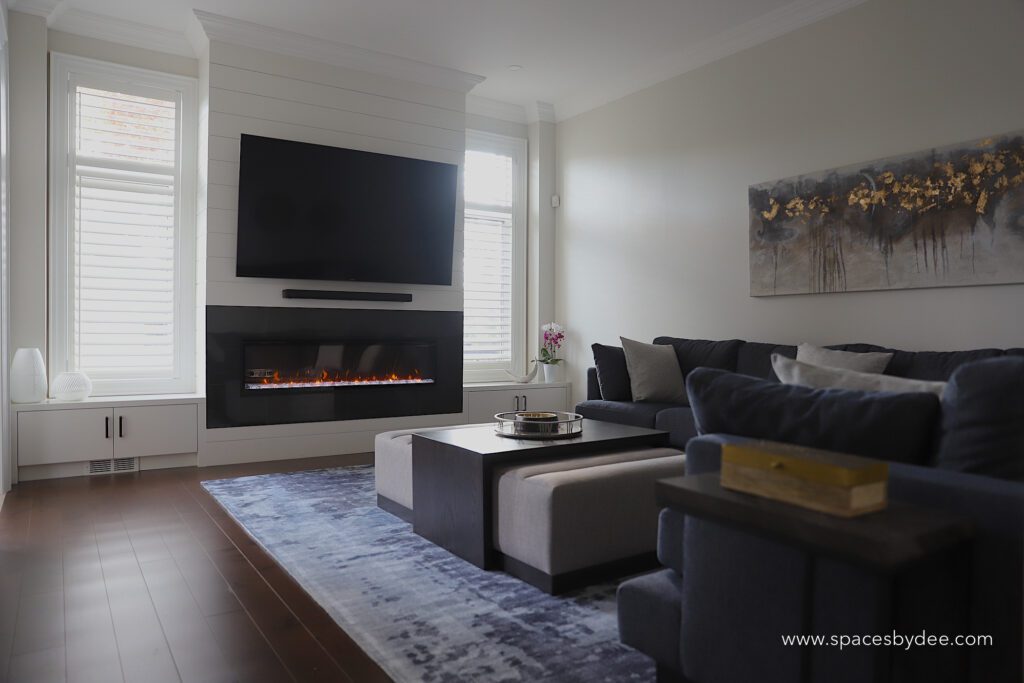
One of the most common mistakes I see people make in their interiors is using a rug that’s way too small for their space.
It’s so frequent, and honestly, it drives me a little nuts because… scale matters!
A rug that’s too small can actually make your space feel smaller, more cramped, and visually unbalanced. It throws off the proportions of the room and makes everything feel a bit awkward, even if the rest of the decor is beautiful.
Here’s how to determine the proper rug size:
– In a living room, ideally, the rug should be large enough so that at least the front legs of your furniture (sofa, chairs) sit on it.
– In a dining room, the rug should extend at least 24–30 inches beyond the edge of the table on all sides so that chairs remain on the rug even when pulled out.
– In a bedroom, you want the rug to extend at least 18–24 inches beyond the sides and foot of the bed.
The key is to think of the rug as grounding the entire area, not just sitting under the coffee table like a little island.
A properly sized rug creates a cohesive, anchored feel and can actually make your space look larger and more polished.
3. Ensure Your Artwork Is The Right Size
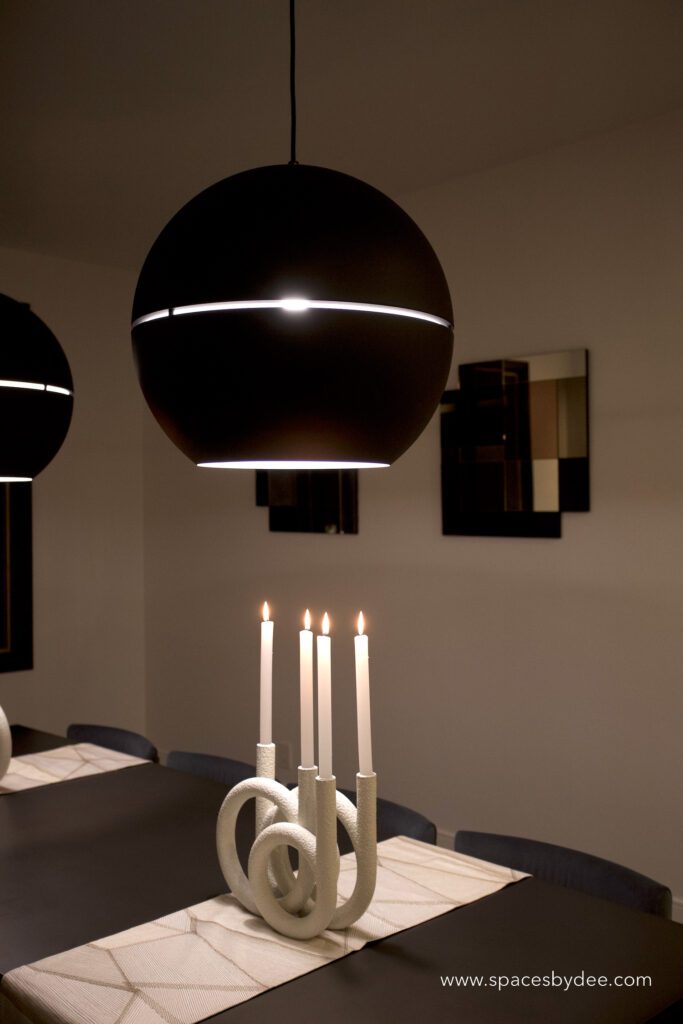
Similar to rugs, when it comes to artwork, people often get the sizing and placement completely wrong.
For some reason, I constantly see artwork hung at random heights or in random sizes, like people just eyeballed it and hoped for the best!
The problem is, when artwork isn’t properly scaled or thoughtfully placed, it makes the wall feel cluttered, unbalanced, and awkward. If the artwork is too small, it looks lost and underwhelming on the wall, like it doesn’t belong. If the artwork is too big, it overwhelms the space and can make the wall feel heavy or crowded. And if the artwork is hung at the wrong height, it can completely throw off the room’s visual balance, and even distort the perceived ceiling height, making the space feel shorter or taller in the wrong ways.
Here’s how to determine the right size and placement for artwork:
Height matters → Artwork should generally be hung so the centre of the piece is at eye level, which is typically about 57–60 inches from the floor. This applies whether you’re hanging one piece or creating a gallery wall.
Scale matters → When placing artwork above furniture (like a sofa, bed, or console), the width of the art (or combined width of a grouping) should be about two-thirds to three-fourths the width of the furniture below it. This creates a harmonious visual connection between the piece and the furniture.
Spacing matters → If you’re hanging multiple pieces together, keep the spacing between frames 2–4 inches apart — too much space and they feel disconnected; too little and it feels crammed.
Big wall? Go big or group → If you have a large empty wall, one tiny piece of art isn’t going to cut it. Either choose a larger, commanding piece or create a well-planned gallery wall to fill the space proportionally.
Remember: artwork should feel intentional, not like an afterthought.
The right size and placement can elevate a room, draw the eye in, and create a sense of cohesion and sophistication.
4. Ensure Your Home Has Cohesive Elements
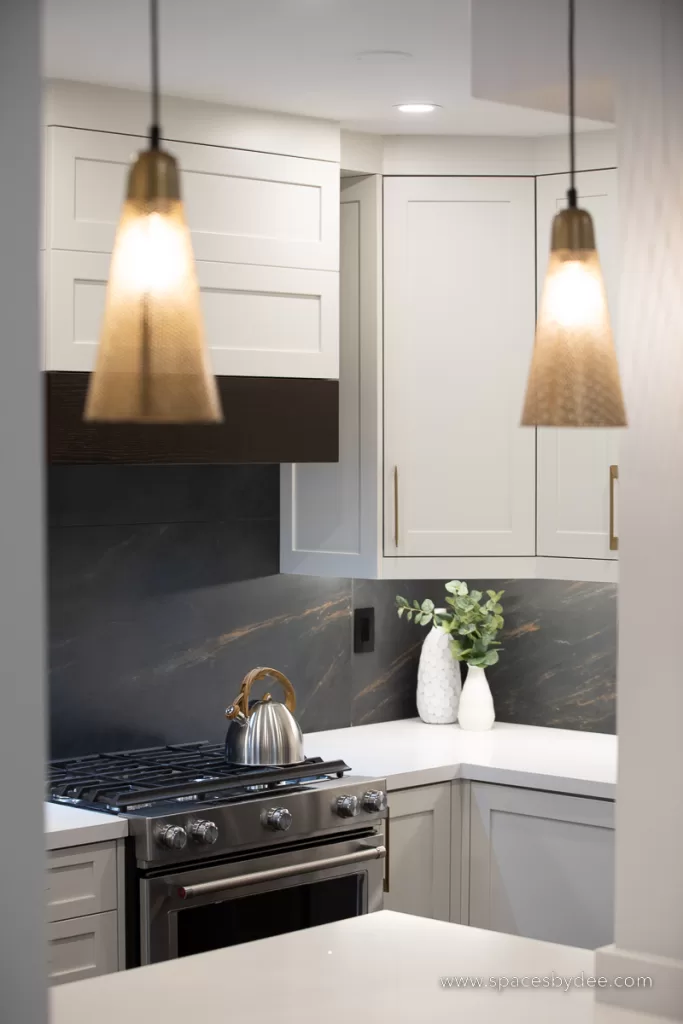
Sometimes I like to think of homes as storybooks, because when I walk through someone’s home, I’m naturally gathering clues about the people who live there and piecing together the puzzle of who they are.
(Not to get too poetic or anything!)
But truly, your home should have cohesive elements that help tell the story, set the mood, or define the overall look — whatever you want to call it.
This doesn’t mean everything needs to match or feel overly coordinated. Instead, it’s about weaving intentional threads throughout the spaces, so your home feels connected and harmonious.
For example:
✨ Maybe you’ve chosen a certain accent colour — let’s say green. You can sprinkle hints of that green in the kitchen, carry it through to the dining room, and subtly echo it in the living room.
✨ Or maybe you love pottery — you can scatter your favourite pottery pieces throughout different rooms, tying the spaces together through shared texture, shape, or material.
It’s these repeated elements; colours, materials, patterns, or even a recurring motifs that create a sense of flow and harmony. They allow each space to feel unique while still belonging to the larger story of your home.
5. Space Plan Before You Buy
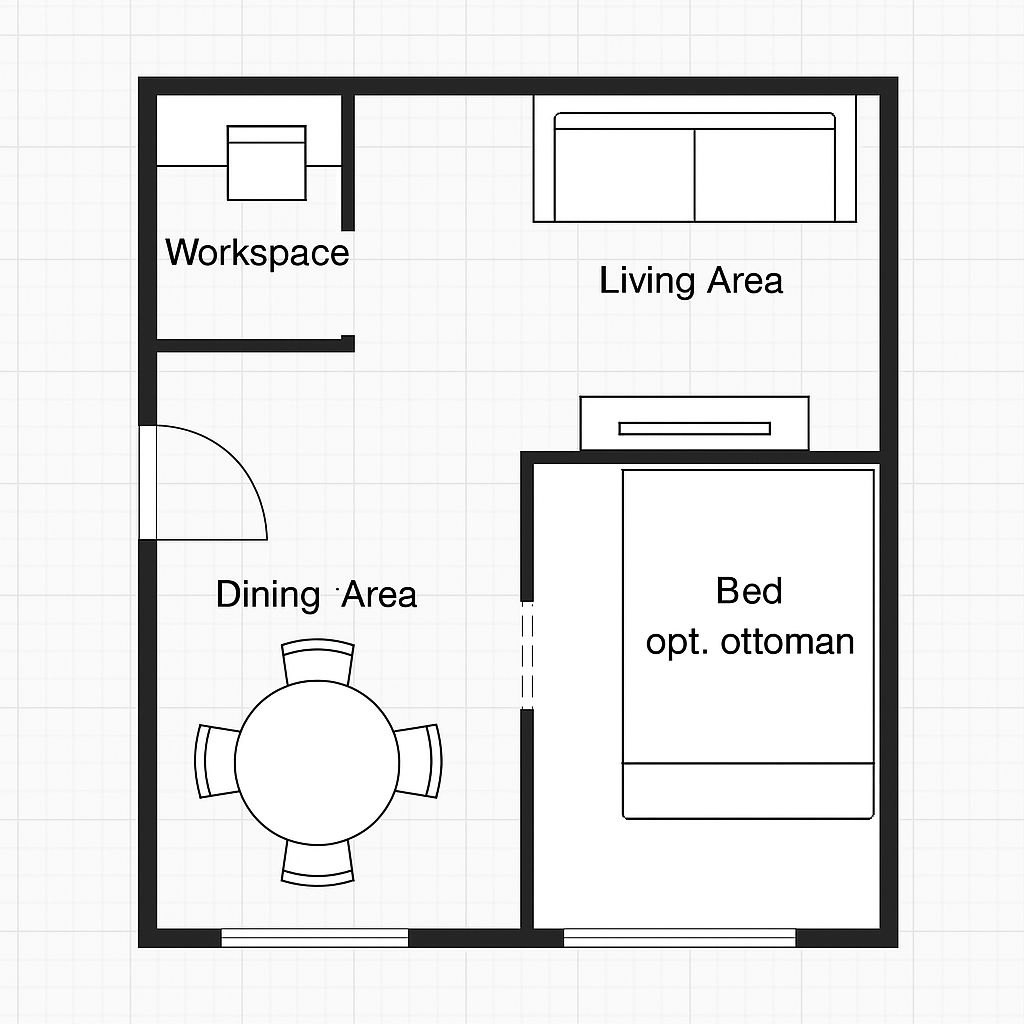
It’s crazy how many people buy furniture without even measuring first, and then they realize, too late, that the pieces don’t quite fit.
If I could give you just one piece of expert interior design advice, it would be this:
👉 Measure twice, plan carefully.
You don’t want to jump into a design project without a plan or a roadmap. Interior design is not something you “wing,” because good design is highly intentional.
So before you start buying a bunch of furniture, take the time to:
✅ Measure your space thoroughly.
✅ Map out the sizing and placement of each piece.
✅ Make sure your purchases are based on what fits and functions well — not just on impulse or what looks good online.
Trust me, a little bit of upfront planning saves you a lot of frustration (and money!) down the line.
Here is an easy to use tool for space planning: Planner5D.
Read: Expert Advice on Planning Your House Interior Layout
My Last Piece of Expert Interior Design Advice
As a designer, my final pieces of advice would be:
✨ Explore! Explore what different home brands and makers have to offer, don’t just stick to one store or one style. Read: The Coolest Home Brands You Must See
✨ Discover your personal design style. Take time to figure out what truly resonates with you and reflects your personality. Read: Interior Design Styles Simplified: What’s Your Style?
✨ Approach the design process with intention.
Don’t just buy things because they’re cheap or because they’re convenient. And don’t just throw pieces together without thought. This is your home, after all, a space where you likely want to stay for a while and genuinely enjoy being in.
So slow down, be thoughtful, and create a space that feels like you. When you invest time and care into your home, it pays you back every single day in comfort, joy, and beauty.
Some Cool Interior Design Shops to Explore
Interior Moderna Super modern, unbelievably cool stuff.
Sicotas Really nice storage pieces!
Fig Linens and Home Stunning bedding.
To read more about brands I love, read; The Coolest Home Brands You Must See
Need more Expert Interior Design Advice? Contact me.
Click Here To Shop My Favourite Home Goods
Let’s design your space together, virtually.
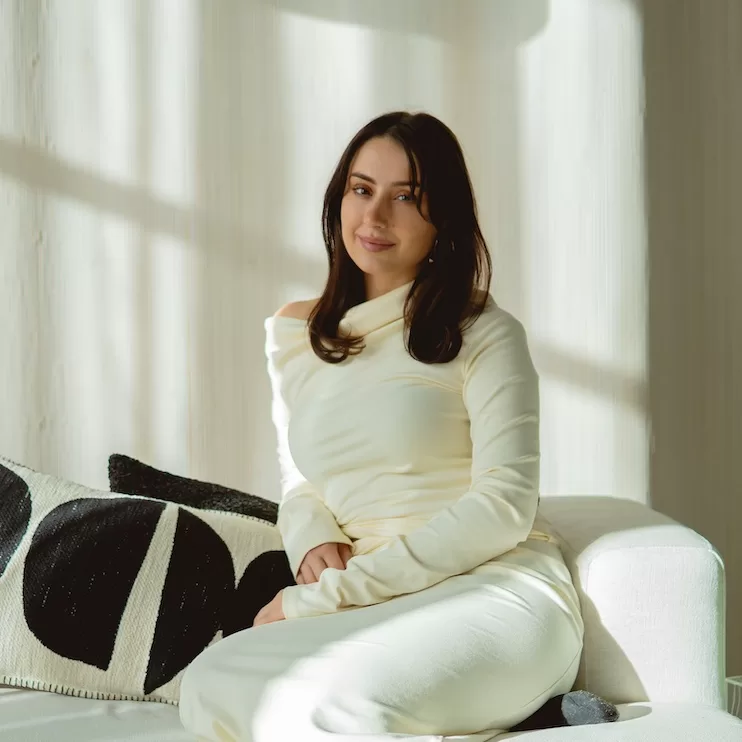
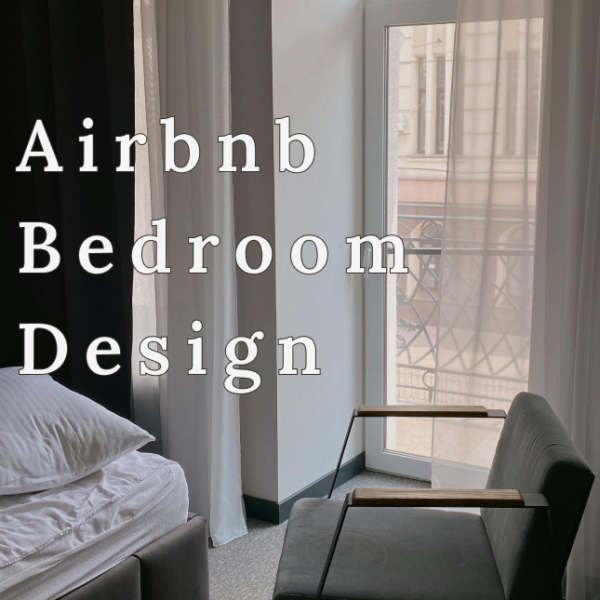
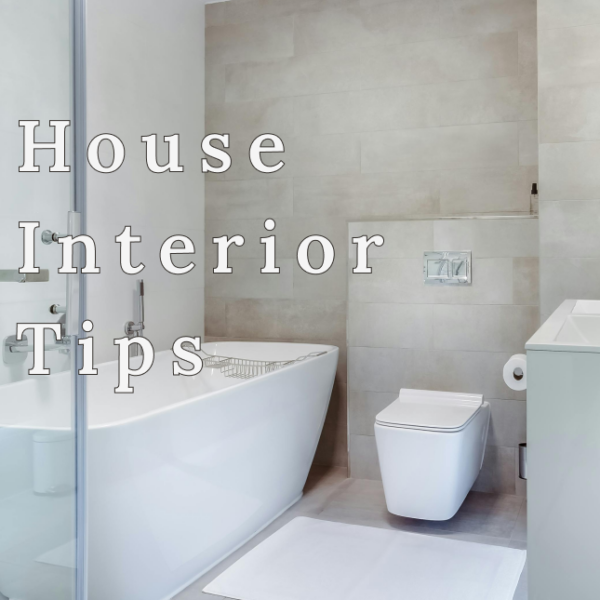

Leave a Reply